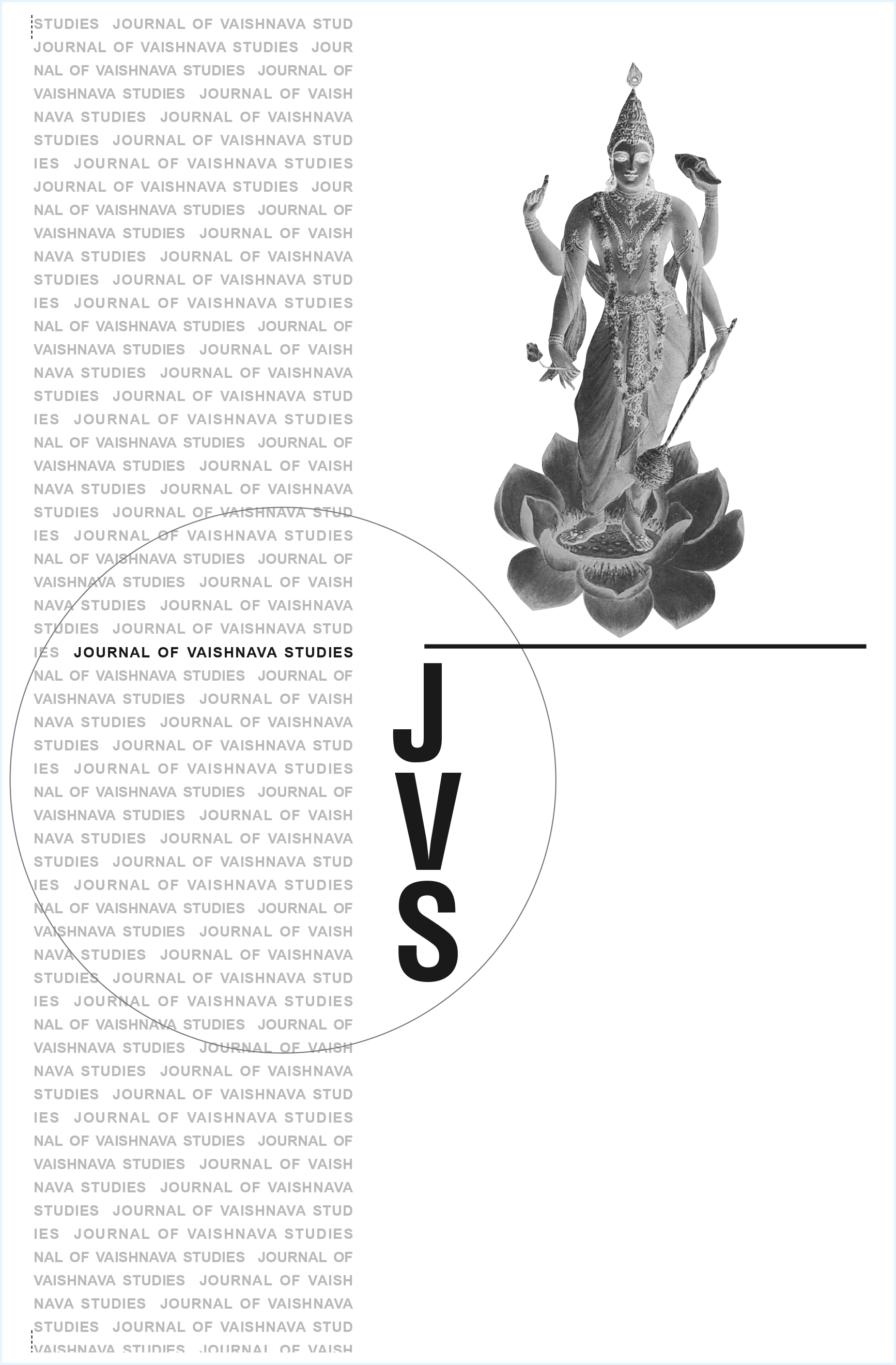The Ideology of Self-Willed Death in the Epic Mahābhārata
Keywords:
Mahābhārata, self-willed death, renunciation, suicide, ātmā-tyāga, dharma, vairāgya, classical Indian aesthetics, sacred narrativeAbstract
The article "The Ideology of Self-Willed Death in the Epic Mahābhārata" by Bruce M. Sullivan investigates the recurring motif of intentional or self-willed death (ātma-saṃyama or ātma-tyāga) across the Mahābhārata, revealing it as a powerful literary and theological device rather than simply a narrative anomaly. Sullivan observes that numerous principal characters—ranging from Bhīṣma and Dhṛtarāṣṭra to Gāndhārī and Pāṇḍu—express a willingness or intention to end their lives through vows, voluntary death, or ritual renunciation. While traditional Hindu legal texts generally condemn suicide, the Mahābhārata elevates these acts within its spiritual hierarchy, presenting them as the ultimate expression of detachment, control, and renunciation. Using classical Sanskrit aesthetic theory (rasa) as a framework, Sullivan argues that self-willed death in the epic functions symbolically to underscore the futility of worldly attachments and to dramatize the aspirational values of vairāgya (dispassion) and spiritual liberation. Such deaths are not tragic ends but are often portrayed with dignity and serenity, reinforcing dharma as the larger cosmic order to which individual lives must be consciously surrendered. Sullivan’s analysis enriches our understanding of how the Mahābhārata integrates ethical tension, metaphysical ideals, and emotional narrative to create a theology of meaningful death.Published
2006-06-20
Issue
Section
Articles





